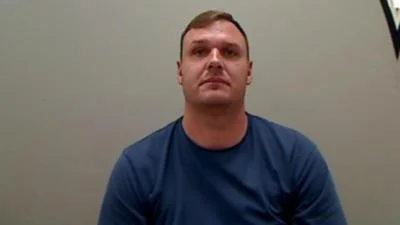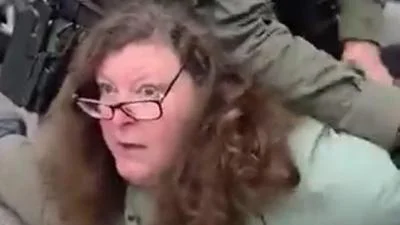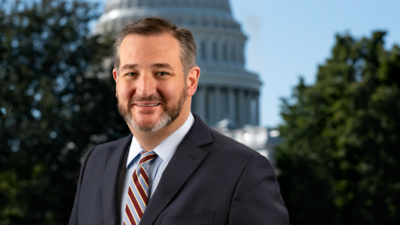Schools might want to reconsider their collective bargaining agreements (CBA) after reading an article by a former teacher that links chronic teacher absences to unionized schools.
“In collective bargaining agreements, there’s always a certain amount of sick days given, and that’s how many a lot of teachers take,” Larry Sand, president of the California Teachers Empowerment Network (CTEN) and a former teacher of almost 30 years, told the Chicago City Wire. “There are some very dedicated teachers who never take a day off. But there are a lot of teachers that take days off to have three-day weekends.”
In his City Journal article “The Truant Teacher Problem,” Sand details studies that show that teachers in CBAs are more likely to be absent than teachers in non-unionized schools, and that teachers overall miss more days of work than the average U.S. worker.

Larry Sand, president of CTEN
“It enables teachers who want to, to abuse the system,” Sand said.
The article also pointed out that Chicago Public School (CPS) teachers are 30 percent more likely to miss more than 10 days of school than teachers in non-union schools.
“There might be other factors to consider here,” student-teacher Abigail Landers wrote in response to Sand’s article. “Compared to the average U.S. worker, teachers are exposed to many more germs on a daily basis. You have 160+ students (if a secondary teacher), whose papers you touch on a daily basis.”
Landers said having the cold and flu forced her to miss work, but Sand didn't agree with the theory.
“I read the post, and well, what about a charter school that classes are pretty big too?” Sand said. “How come those teachers don’t get sick as much? Do public schools have more germs than charter schools?”
Sand was referring to a section of a Fordham University study that used U.S. Department of Education Office for Civil Rights data to show that 28.3 percent of public school teachers are chronically absent. Meanwhile, in the charter sector, unionized charter school teachers are almost twice as likely to be chronically absent than their non-unionized counterparts.
“The point is that public school teachers have much more absent rates than the charter schools do,” Sand said. “Every time a teacher is absent, it verily hurts the students.”
The study also linked student performance to teacher absenteeism, saying that students are more likely to perform poorly when a teacher is absent because some subs are not equipped to give a class a full-day’s learning.
“A sub typically goes to a different level every day,” Sand said. “Especially if you’re teaching middle school like I taught history. I can get a sub who doesn’t know anything about teaching history, so it’s a problem.”
Sand also takes exception to the argument that public schools do better with more funding.
“What proof does anybody have that the money the government gives these schools is doing any good?” Sand said. “It sounds good: 'Oh, we should give more money to schools.' But if there’s no results from the money, why should the taxpayer have to pay for it? Because the government doesn’t have its own money. They get it from people like you and me who pay taxes.
“It’s not the money; it’s how the money is being spent. They have a huge pension problem both in my state (Los Angeles) and in Chicago. As you know, Illinois is really in trouble and (Gov. Bruce Rauner) is trying his best to fix it (while) the teachers union is fighting tooth and nail.”




 Alerts Sign-up
Alerts Sign-up